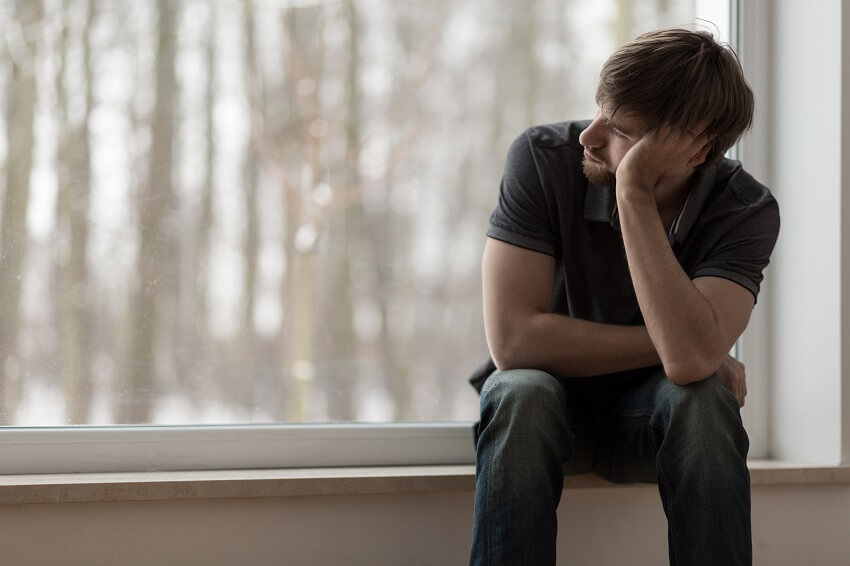Suicide prevention in the spotlight
Cumbria has rates of suicide higher than the national average and was the location for a recent mental health conference on suicide prevention. Julie Penfold reports ...

Organised by the Academic Health Science Network North East and North Cumbria in conjunction with Cumbria Partnership NHS Foundation Trust, the conference aimed to address some of the big issues around suicide - one of the leading causes of premature death in England – with insight from a panel of experts in the field.
Suicide is a priority for focused action in the region as latest data shows:
- On average, one person dies each week as a result of suicide in Cumbria
- In Cumbria, the rate of suicide in males is more than three times higher than in females
Understanding behaviour
Professor Rory O’Connor leads the Suicidal Behaviour Research Laboratory at the University of Glasgow and told the conference about the model of suicidal behaviour he has developed. The Integrated Motivational-Volitional Model of Suicidal Behaviour aims to provide a better understanding of why individuals take their own lives.
“The causes of suicide are complicated and many,” he told the conference. “There is never just one factor that leads to suicide. We know that upwards of 90% of people who die by suicide have a mental health problem at the time of death, such as depression. Yet, most people with depression don’t try and kill themselves. The model tries to help us understand what the key factors are over and above mental health problems and social deprivation. The challenge of prevention is we first have to be able to recognise who is suicidal.”
O’Connor’s research has identified that previous exposure to suicidal behaviour and people that have died by suicide, such as friends and family, significantly heightens a person’s risk. People that are very impulsive and those that are less fearful about death and dying are also more likely to act on their thoughts, he said.
Self-harm and young people
Professor Ellen Townsend leads the Self-Harm Research Group at University of Nottingham and is an expert in adolescent self-harm. At least 50% of young people who die by suicide have previously self harmed, she told the conference.
Her team have developed a technique to learn more about the complexities around self-harm and suicidality. The Card Sort Task for Self-Harm (CaTS) looks at the key sequences and patterns of how self-harm evolves over time. “Feeling depressed and sad was really common for the first ever self-harm episode and the most recent,” explained Townsend. “This suggests that self-harm isn’t helping in many ways.”
Townsend has also found the factors that are immediately proximal to an episode of self-harm such as intense negative emotions or cognitions are modifiable. “The good news is we can do something about what seems to be significant in the transition to self-harm,” she said.
The really important clinical message from this work is not to make assumptions as professionals. “If a young person doesn’t have suicidal intent at the first episode of self-harm, that is not necessarily going to stay the same,” Townsend told the conference.
“We cannot make assumptions that one episode of self-harm will be the same as the previous one in young people. Each episode of self-harm needs to be treated individually and requires careful assessment.”
Compassionate approach
The importance of a compassionate approach to suicide prevention was addressed by Dr Alys Cole-King, consultant liaison psychiatrist at Betsi Cadwaladr Health Board and clinical director at Connecting with People.
Self-harm and suicidal thoughts should be taken seriously and always met with empathy and understanding, she told the conference. “Do not be afraid to ask about self-harm or suicidal thoughts. This is the first step in reducing the likelihood that a person will die by suicide.”
Cole-King also discussed the importance of having a safety plan in place for everyone that is at risk. This includes everyone who engages in self-harm or experiences suicidal thoughts, however minor.
A safety plan is an agreed set of activities, strategies and people to contact for support if a person becomes distressed or feels their suicidal thoughts are becoming worse. The plan should include: reasons for living, creating a safe environment, activities to lift the person’s mood, or calm or distract them, and people to talk to if they are distressed.
Cole-King’s key messages:
- Suicide is preventable with early identification, intervention and removal of access to means – “you can save someone’s life right up until the final moment”
- We all have a role in suicide prevention – “you do not have to be an expert in mental health to save someone from suicide”
- “Sometimes the most powerful suicide prevention tool we have is hope, compassion and our shared humanity”
- Everyone working in health and social care needs training in suicide awareness and prevention – “if you came across a person in suicidal distress - would you know what to do?”
Comments
Write a Comment
Comment Submitted